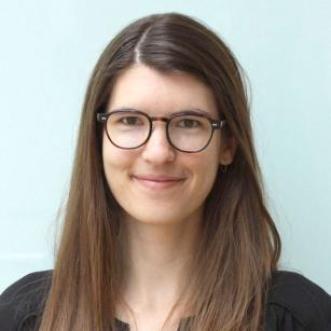




Advancing neuroscience depends on developing tools for measuring and analyzing brain dynamics. Our research aims to improve inferences about human neural circuit activity using neuroimaging data. We develop new multimodal imaging and analysis approaches using accelerated fMRI, simultaneous EEG-fMRI, ultra-high field (7T) imaging, signal processing, and computational models, to track whole-brain activity at fast timescales in humans. Our work has shown that fast fMRI can be used to directly image oscillatory neural activity throughout the human brain.
Why does perception of the world change so dramatically while we sleep? And why does sleep deprivation impair perception and attention? We use computational and systems neuroscience approaches to study how dynamics in large-scale brain networks shift between sleep and wake states, and how they lead to cognitive dysfunction in sleep deprivation, both in the healthy brain and in neurological and psychiatric disorders. Our current clinical focus is on depression, healthy aging, and neurodegenerative disorders.
What control mechanisms govern brain network dynamics? Through multimodal imaging and computational models we are studying how deep brain circuits, such as in the thalamus, regulate and modulate cortical and behavioral states. Our work has identified specific thalamic circuits that can cause the brain to switch between sleep states. Ongoing projects are studying neuromodulatory systems in brainstem and thalamus.
Healthy brain function depends on the coordinated interaction of physiological processes such as blood flow, respiration, and cerebrospinal fluid (CSF) flow. We aim to model and manipulate the dynamics of these systems to study neurovascular coupling, tissue oxygenation, and CSF regulation. Understanding these systems in turn enables us to improve analysis techniques for neuroimaging data, and to understand the role of blood flow and CSF flow in brain health.
Daniel Gomez, Postdoctoral Researcher
Ewa Beldzik, Postdoctoral Researcher
Len Jacob, Postdoctoral Researcher
Beverly Setzer, Graduate Student
Zinong Yang, Graduate Student
Josh Levitt, Graduate Student
Sydney Bailes, Graduate Student
Makaila Banks, Graduate Student
Baarbod Ashenagar, Graduate Student
Stephanie Williams, Graduate Student
Nicholas Cicero, Graduate Student
Harrison Fisher, Graduate Student
Jessica Yee, Clinical Research Coordinator
Courtney Zambello, Lab Manager
Dabriel Zimmerman, Clinical Research Coordinator
Stephanie Anawke, Research Assistant